Rivalries in sports go far beyond the field, court or rink; their outcomes can stimulate or suppress the very heartbeats of the communities involved.
They embody decades, and in some cases, centuries of competition, tradition and most importantly, passion.
Whether it’s Ohio State’s annual battles with Michigan, the long-term grudge between the Cleveland Browns and Pittsburgh Steelers, or even the rivalry between Beachwood and Orange, these matchups spark a sense of unity.
One of the most iconic rivalries in the history of college football is The Ohio State vs. the University Michigan. This competitive feud dates back to 1897, when the teams first faced each other. It is so important that most college football fans refer to it as “The Game,” yet few actually know about the historical context that led to this fierce competition.
The American Battlefield Trust explains that, “While most state and sports rivalries come from arbitrary often insignificant reasons such as relative proximity or athletic conference, the Ohio State-Michigan rivalry’s roots are a part of animosities which started with a 1835 land dispute turned violent known as the War of Toledo. The conflict only had one victim, an injured sheriff; however, the war was built on deep divisions and threatened a total civil war between Ohio and the Michigan Territory.”
The first football game between the two schools was held in 1897, with the Toledo War a distant but haunting memory.
Michigan, excited to get revenge for the loss of Toledo, beat Ohio State 34-0 in the big game.
The excitement of that first game has never died down. The annual matchup between the Buckeyes and the Wolverines is the highlight of the season for fans of both teams and is a game that can define the course of the season.
This rivalry has fueled the passions of players, fans, alumni and entire communities for over a century. This game is not just about who wins; it’s about demonstrating supremacy over a bitter rival.
The passion was so strong after OSU’s loss to Michigan this year that fans sent death threats to OSU Coach Ryan Day.
In the NFL, few rivalries are as intense as that of the Cleveland Browns and the Pittsburgh Steelers, also known as “The Turnpike Rivalry.” With roots tracing back to the 1950s, the significance of beating the opposing team has only increased in recent years.
With the Browns winning 32 of the first 40 games against the Steelers, both teams attack every game eagerly with just one objective: to win.
The Kent State University Press writes that, “When the AFL and NFL merged in 1970, Art Rooney agreed to move the Steelers only if the Browns also moved into the AFC and played in the same division so that their rivalry would be preserved.”
While the Ohio State-Michigan and Browns-Steelers rivalries are recognized nationally, local high school rivalries, such as Beachwood vs. Orange hold a special significance on a more intimate level.
Community pride is always exemplified at the annual football game between the Bison and Lions through the spirit of athletes and fans.
In small communities, where everyone knows each other, rivalries offer a sense of belonging and community. The outcome of the game is a defining moment of the school year and one that reinforces local traditions and connections that endure long after the final whistle is blown.
These rivalries–whether between college teams, professional teams, or local teams–play a sharp role in shaping the culture of a region. They are often centered by pride and create a communal sense of passion.
While it is clear that rivalries are separated by sports and different levels of competition, they all serve the same purpose: to bring people together.
The culture of a school, or even a city, can be derived from sports rivalries. If you live in Cleveland, you know the passion this city has when it comes to sports.
If you attend a Cleveland Cavaliers basketball game, while the other team is shooting free throws, they will project a huge Michigan logo to get fans booing.
The most exciting sporting events at Beachwood, otherwise known as “The Wood,” are against Orange. Fans bring energy and enthusiasm to these games, creating a tense environment when it’s a close game, which it almost always is.
A lot can be said about the environment that surrounds sports rivalries. They go beyond the competition– they become a piece of a community’s identity. No matter the scale, the emotions that rivalries generate is unmatched, showing that sometimes it isn’t just about the victory but the spirit that unites us all.


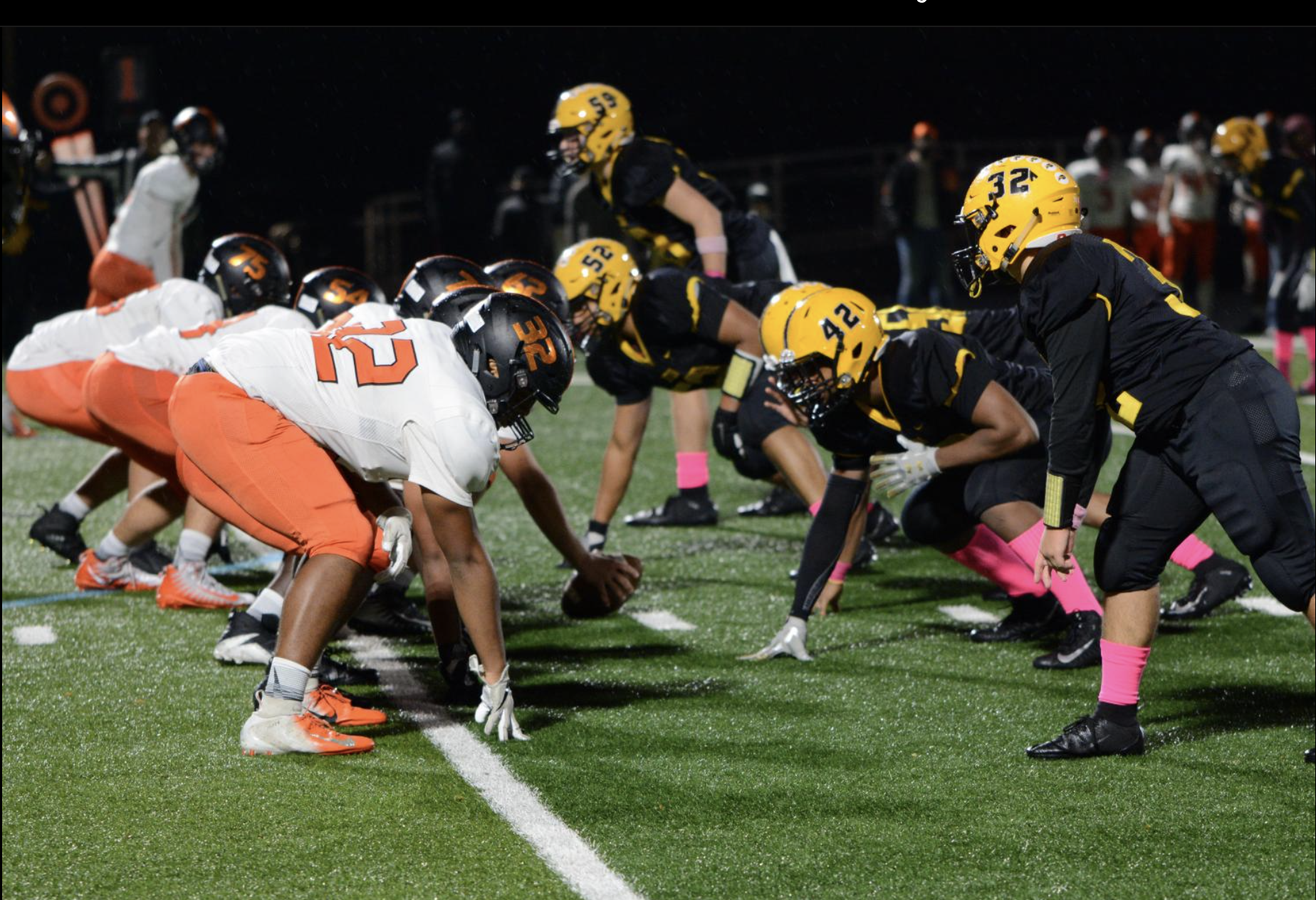
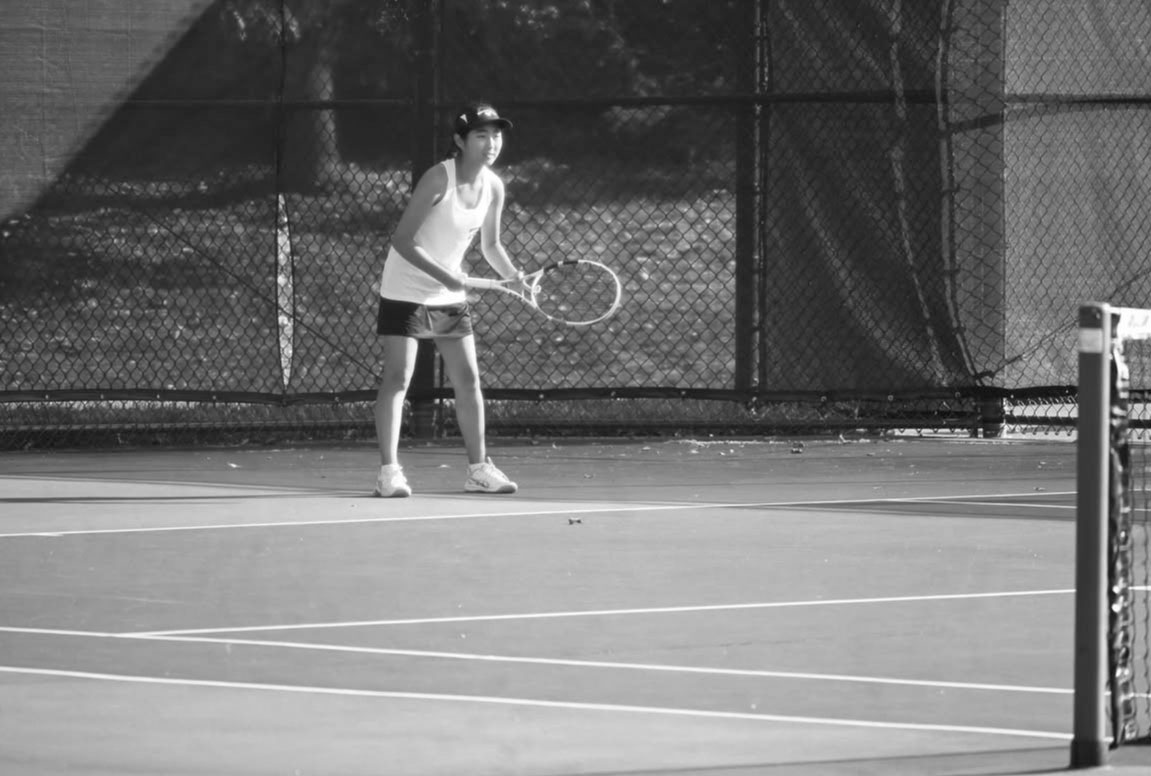


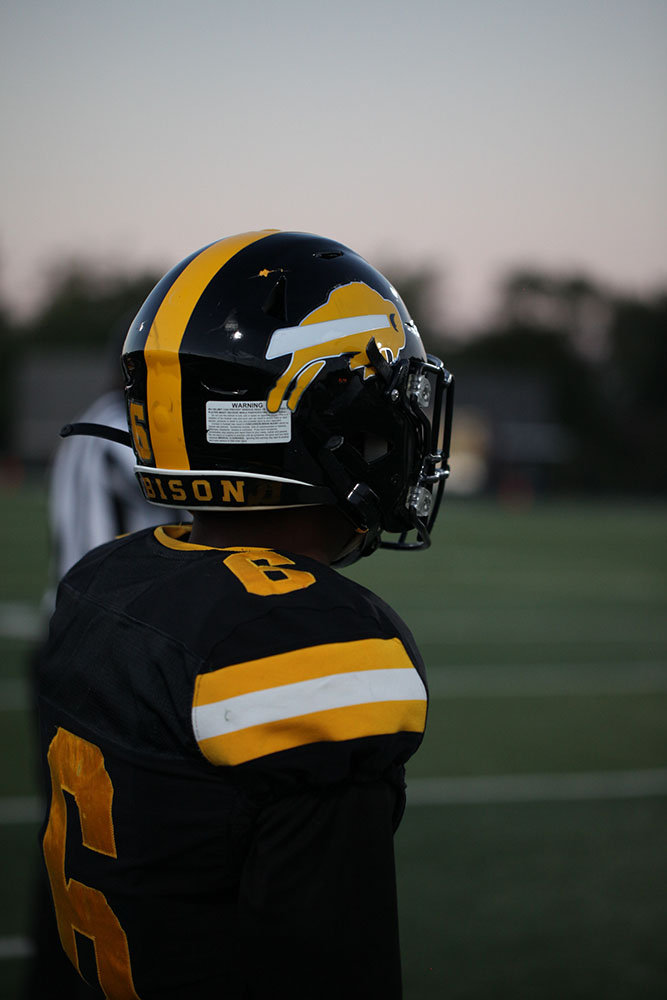
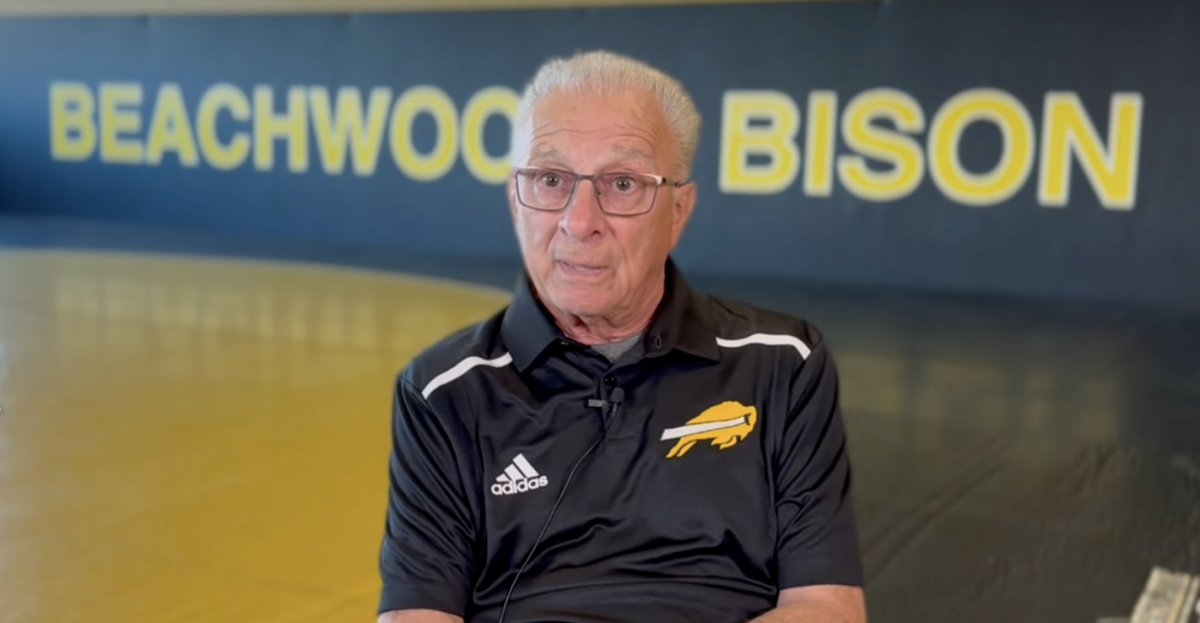


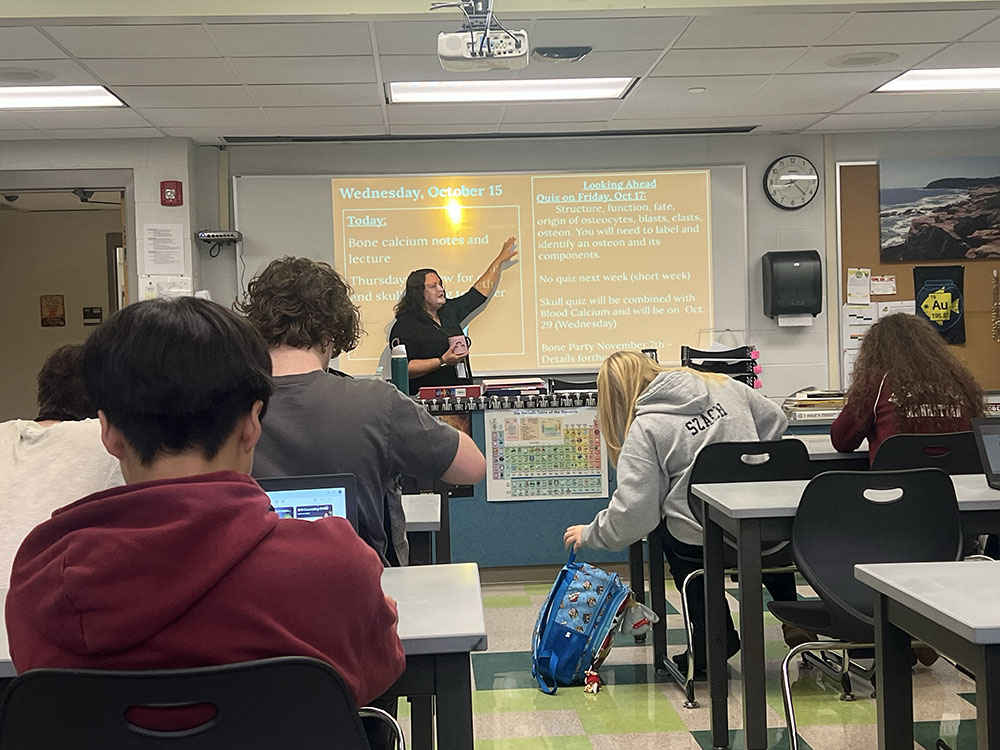

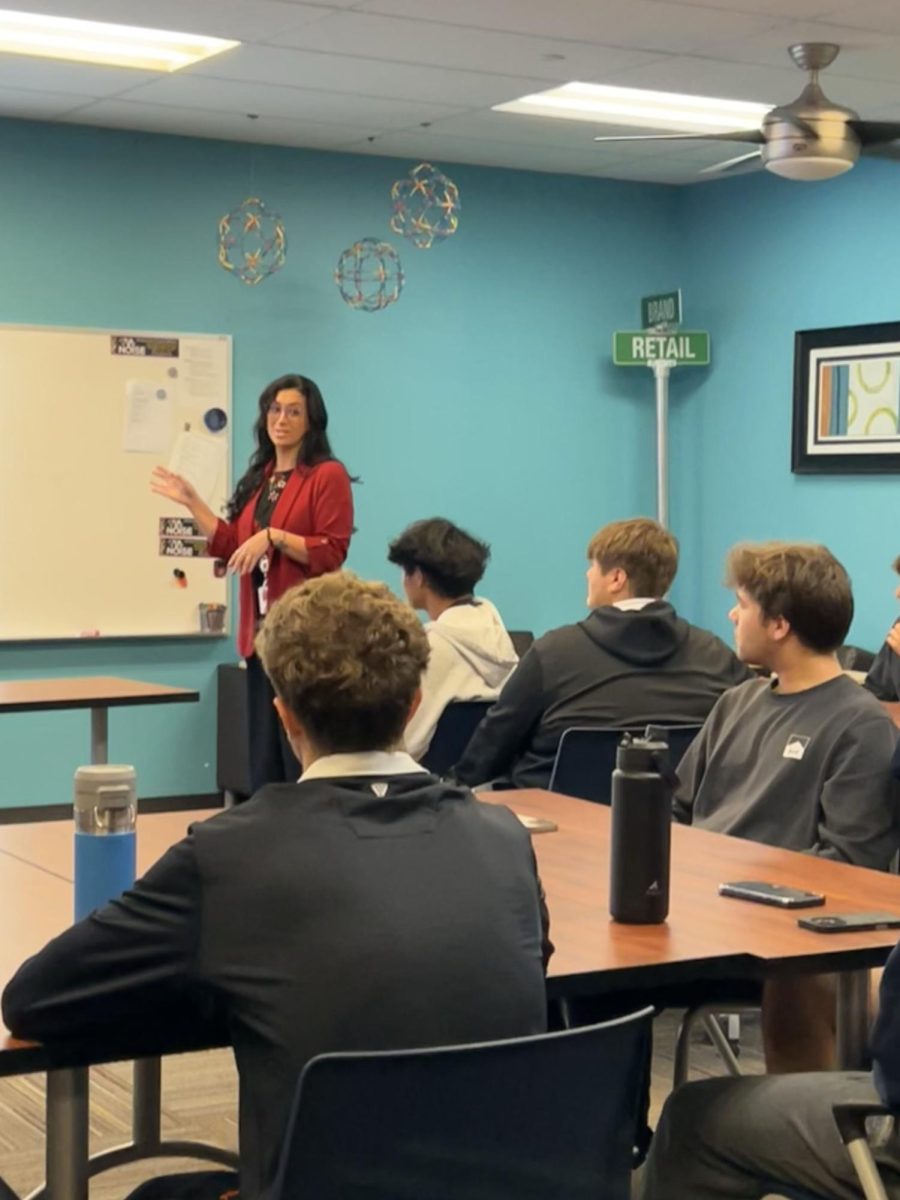

![“My parents have always said that education is important. My parents are Chinese immigrants, I'm Chinese American, [and that's a] value that has always been ingrained in our community,” said Senior Lyndia Zheng, pictured with Tony Zheng](https://bcomber.org/wp-content/uploads/2025/10/DSC_4244.jpg)